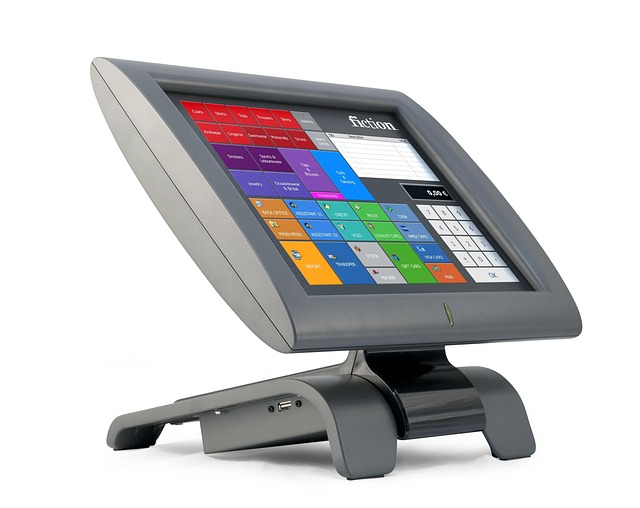In today’s fast-paced business environment, where efficiency and innovation are paramount, the integration of cutting-edge technologies is not just an advantage but a necessity. One of the most transformative developments in this arena is gesture recognition, a technology poised to revolutionize the way we interact with robotics and artificial intelligence in the realm of business automation.
Imagine walking into a meeting room where your AI assistant can interpret your non-verbal cues and adjust the lighting, temperature, and presentation setup based on your body language. With gesture recognition, this is not a distant dream; it’s becoming a reality. This technology allows machines to understand human gestures, transforming the way we engage with them. By eliminating the need for traditional interfaces, such as keyboards and touch screens, we can interact with technology in a more natural and intuitive manner.
In the field of robotics, gesture recognition is making waves. Robots equipped with this technology can understand commands given by hand movements or body posture, leading to smoother human-robot collaboration. For instance, manufacturing settings are increasingly utilizing gesture-controlled robots to enhance productivity. Workers can swiftly interact with robotic systems without needing to pause their work to input commands, thereby creating a seamless workflow that significantly boosts overall efficiency.
Furthermore, businesses are leveraging artificial intelligence that incorporates gesture recognition to analyze customer interactions in retail environments. Picture a store where AI systems can discern a shopper’s interest based on their gestures, providing tailored recommendations in real-time. This not only enhances the customer experience but also drives sales by making interactions more personal and engaging. Companies are recognizing that understanding human gestures can lead to deeper insights into consumer behavior, creating opportunities for targeted marketing and improved service delivery.
As we delve deeper into automating business processes, the role of gesture recognition continues to expand. Virtual meetings often lack the warmth and connection of in-person interactions. However, with advanced gesture recognition systems, participants can use natural gestures to facilitate discussions, making remote interactions feel more engaging and dynamic. This advancement is essential, especially as remote work becomes the norm in many industries.
The integration of gesture recognition within AI systems also presents new pathways for accessibility. Individuals with mobility impairments can engage with technology in ways previously thought impossible. By utilizing gesture-based controls, they can navigate software, control devices, and even interact with robotics, fostering an inclusive environment where technology is accessible to all.
The future of gesture recognition in business automation is bright. As technology continues to evolve, the possibilities for enhanced interaction between humans and machines are limitless. By embracing this innovative approach, businesses can position themselves at the forefront of their industries, reaping the benefits of efficiency, improved customer interactions, and inclusive practices. With each gesture, we inch closer to a world where technology and humanity are harmoniously intertwined, driving progress and creativity in ways we have yet to fully imagine.



